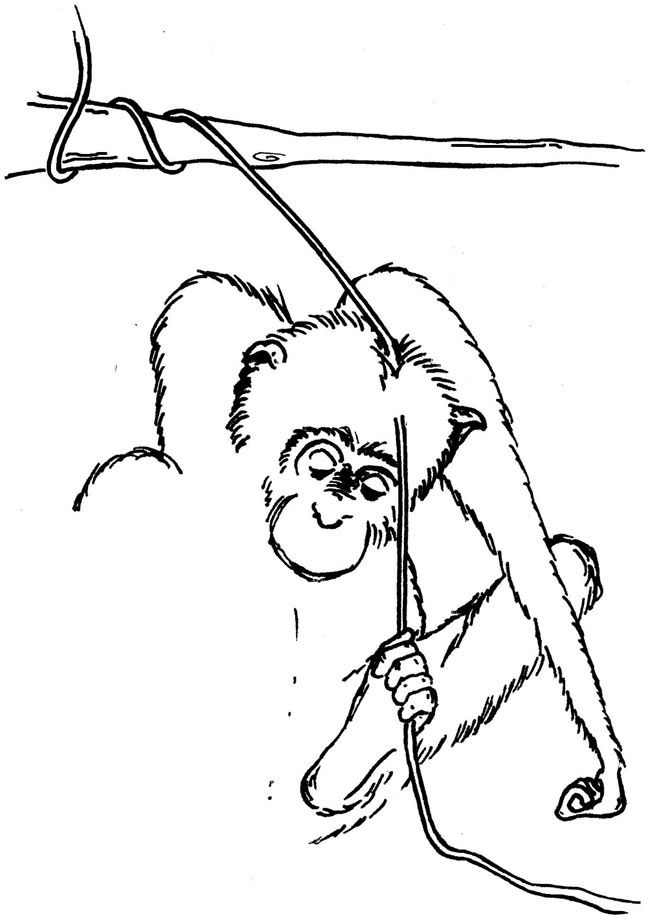Cultured Chimps Invent and Share Back-Scratching Tool

By learning an utterly superfluous technique for scratching their backs, wild chimpanzees are displaying even more evidence that humanity's closest living relatives are capable of what might be deemed culture.
In recent years, researchers have accumulated many examples of chimpanzees apparently learning relatively complex ideas that get passed down over generations much like in human cultures. For instance, chimps in the wild have developed a variety of specialized tool kits for foraging army ants that differ across regions.
Still, not all scientists are convinced the apes can learn practices by mimicking their companions, at least not in the wild. Instead, one could argue that generations of chimps might either instinctively know or independently figure out techniques for accomplishing certain tasks, a process that might resemble the learning by imitation seen in humans.
Chimp invents new back-scratcher
The new evidence that chimpanzees are indeed capable of "monkey see, monkey do" came from the Sonso chimp community in Uganda.
"I would sometimes spend days trying to find the chimps and then they might travel through everything from muddy swamps and thick undergrowth to colonies of army ants before there'd be a good chance to film them," said researcher Catherine Hobaiter, a primatologist at the University of St. Andrews in Scotland. "But then, when you do get to observe them in their natural habitat, it's an incredibly rewarding experience, and you completely forget about the fact you're sitting in the mud with ants in your socks!"
One chimpanzee there was named Tinka, a roughly 50-year-old male who had near-total paralysis in both hands. Until recently, Sonso chimpanzees would encounter large numbers of snares intended for bush pigs and kinds of antelopes known as duiker, leading one-in-three adult chimps in the community to have permanent disabilities.
Sign up for the Live Science daily newsletter now
Get the world’s most fascinating discoveries delivered straight to your inbox.
To compensate for his paralysis, Tinka invented a new way to groom himself using a liana, or woody vine. Imagine using a towel on your back, except in this case, rather than moving the towel, Tinka held the liana taut with his feet and moved his body against it. [Watch video of Tinka using his invention.]
"It's always sad to see chimpanzees with these debilitating injuries," Hobaiter said. "On the other hand, it was incredible to see just how individuals such as Tinka were able to innovate new techniques in order to overcome these disadvantages."
Other chimps follow suit
Scientists then video-recorded seven perfectly healthy, able-bodied wild young chimps ages 4 to 13 who shared Tinka's home range. The videos revealed the chimpanzees mimicking Tinka's backscratching technique, even though they could just as readily have groomed themselves with their hands, as chimpanzees normally do. This suggested the apes learned this novel, distinct practice through imitation.
"Copying behavior that has no function is one of the classic characteristics of human imitation," Hobaiter said. "To see that in wild chimps was incredibly exciting."
The capability to imitate an organized sequence of action was something that had been argued to be a uniquely human trait.
"The fact that we are able to show that wild chimpanzees have the ability to learn new behavioral routines through imitation is not only relevant to how they might be able to acquire complex technical skills such as food processing, for example nut-cracking, but it also suggests that this cognitive capacity evolved earlier than previously supposed -- at least as far back as our last common ancestor," Hobaiter told LiveScience.
The scientists detailed their findings online Aug. 5 in the journal PLoS ONE.











